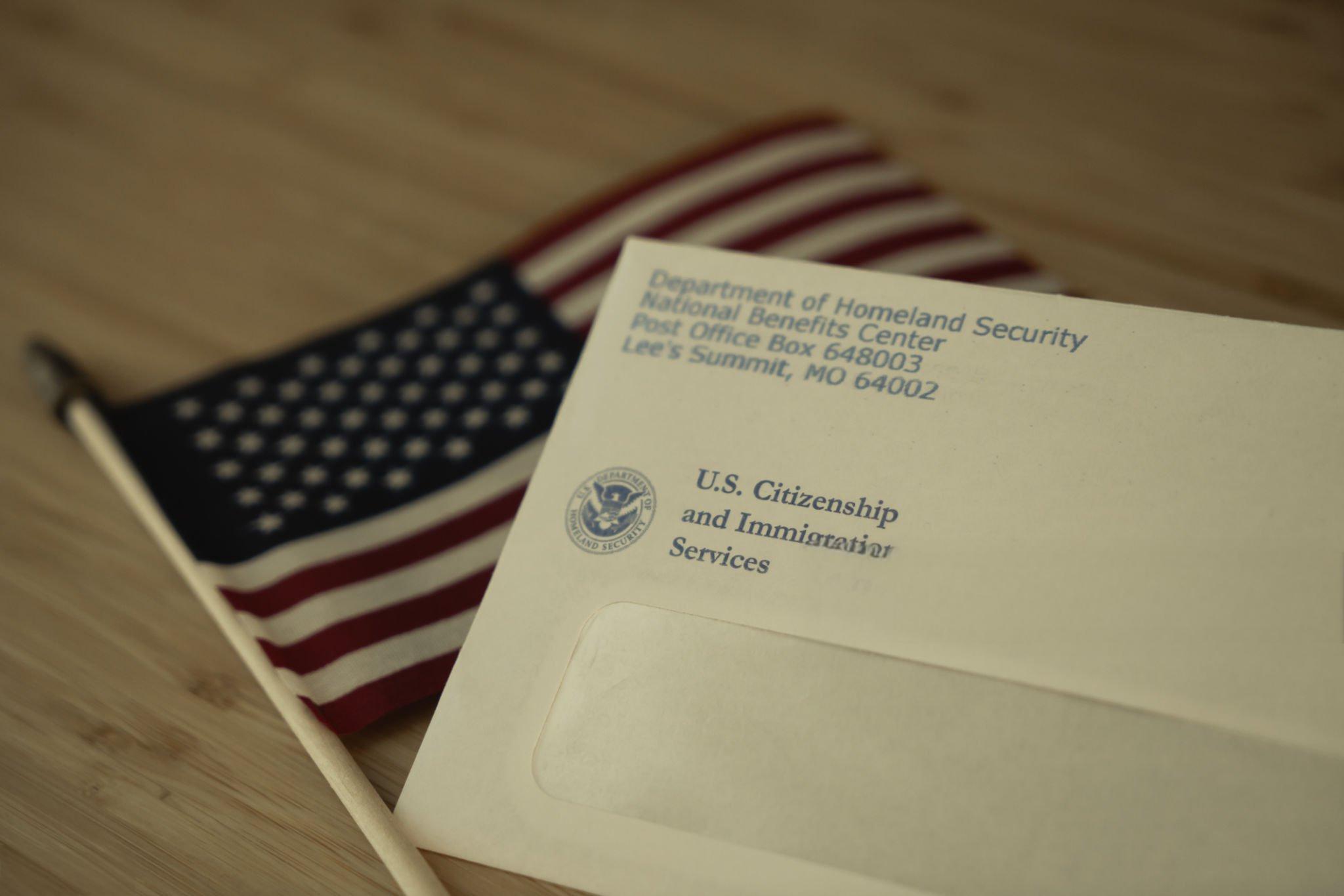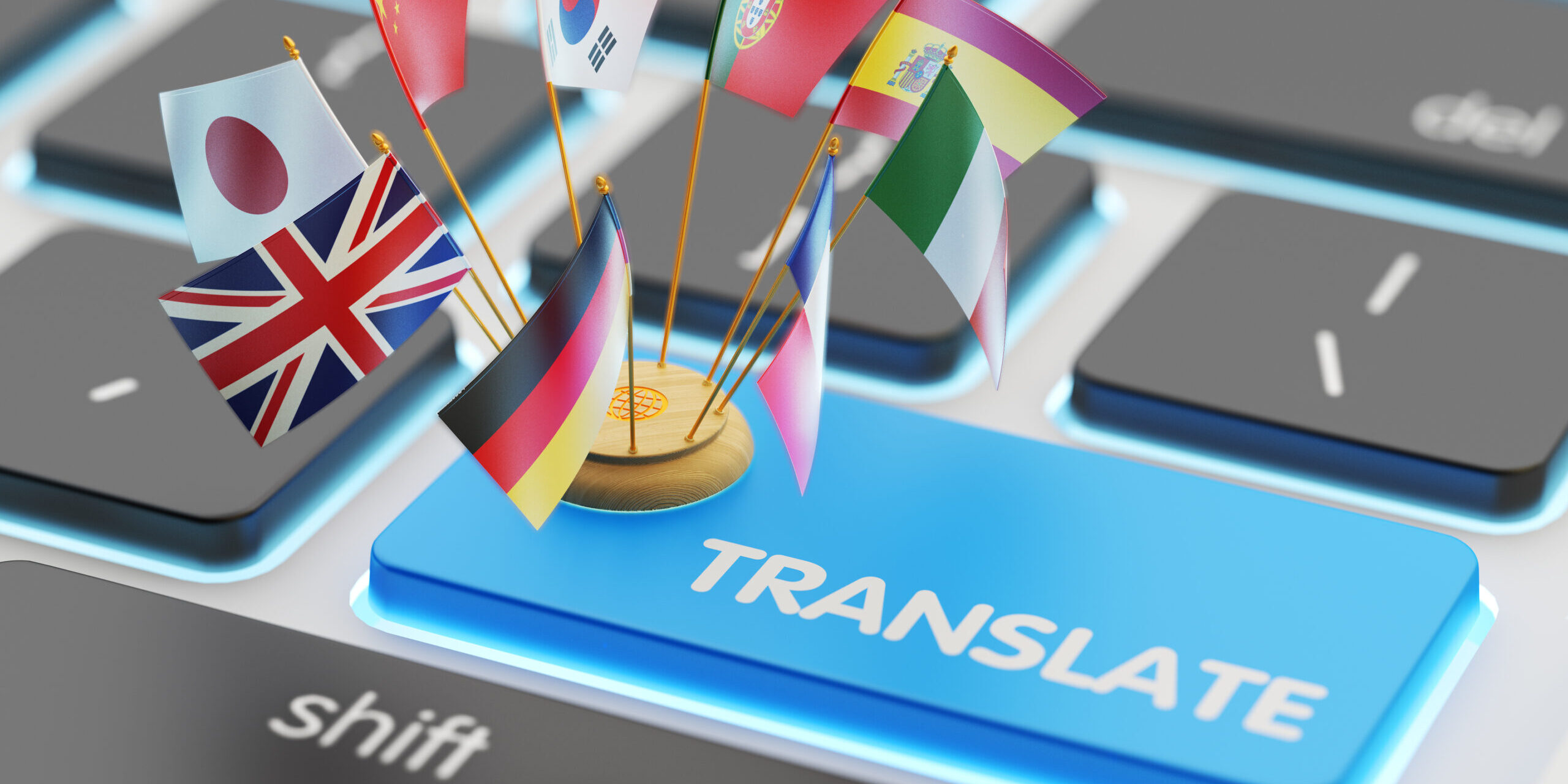Navigating the U.S. immigration system can feel like piecing together a complex puzzle, especially when it comes to submitting documents in a foreign language. If you're applying for a visa, green card, or citizenship, one misstep with translations could send your application back to square one. That's where certified translations come in—they're not just a formality; they're a safeguard to ensure USCIS reviewers understand every detail of your supporting evidence. In this guide, we'll break down exactly what USCIS expects in 2025, why cutting corners like doing it yourself isn't worth the gamble, and how to get it right the first time.
Why Certified Translations Matter for Your Immigration Application
Picture this: You've gathered birth certificates, marriage records, and diplomas from your home country, all in your native language. USCIS requires these to be fully translated into English, but not just any translation will do. According to the USCIS Policy Manual, any foreign-language document must be accompanied by a complete English version certified by a qualified translator. This isn't optional—it's a core requirement to prove eligibility for benefits like adjustment of status or naturalization.
Failing to meet these standards isn't rare, and the consequences add up. In fiscal year 2024, USCIS denied around 47,496 family-based and 13,485 employment-based green card applications, representing about 10% of submissions in those categories. While not all denials stem from translation issues, experts note that incomplete or inaccurate translations often trigger Requests for Evidence (RFEs), which can delay processing by months or lead to outright rejections. With USCIS backlogs hitting a record 11.3 million pending cases in 2025, you don't want avoidable errors slowing you down.
Breaking Down USCIS's Certified Translation Requirements
USCIS doesn't mandate translations from a specific agency or professional organization, but the bar for quality is high. The key is that the translation must be accurate, complete, and properly certified. Here's a straightforward checklist of what every certified translation needs to include, based on USCIS guidelines:
Full and Literal Translation: Every word, stamp, seal, and signature from the original document must be translated—no summaries or partial versions allowed. This ensures nothing gets lost in interpretation, like a crucial date on a birth certificate or a notary's endorsement.
Certification Statement: This is the heart of the certification. It must declare that the translation is complete and accurate, and that the translator is competent in both English and the source language. A typical statement reads something like: "I certify that I am fluent in [source language] and English, and that the above/attached document is a complete and accurate translation of the original."
Translator's Signature and Date: The translator has to sign the certification and include the date it was completed. This adds accountability—USCIS can follow up if needed.
Contact Information: Include the translator's full name, address, phone number, and email. This isn't just bureaucracy; it allows USCIS to verify credentials if questions arise.
Qualifications of the Translator: The person handling the translation must be fluent in both languages. They can't be the applicant, a family member, or anyone with a vested interest in the case to avoid bias. Professional translators or agencies are ideal here.
These elements aren't suggestions—they're drawn straight from USCIS policy, which emphasizes that translations must enable officers to make informed decisions without ambiguity. If your document has handwritten notes or illegible sections, note them in the translation to show transparency.
The Real Risks of DIY Translations
It's tempting to save a few bucks by translating documents yourself or asking a bilingual friend to help, especially if you're fluent in English. But USCIS explicitly warns against this for good reason. Self-translations raise red flags about impartiality and accuracy, often leading to RFEs or denials.
Consider the stats: Translation errors are a common culprit in application setbacks. In FY 2023, denial rates hovered around 12%, with many cases derailed by documentation issues like flawed translations. One immigration law firm reports that minor translation mistakes, such as mismatched names or omitted details, account for a significant portion of rejections in family-based petitions. An RFE might seem minor, but it can tack on 3-6 months to your wait time amid already swollen backlogs.
I've seen stories from applicants who thought their English was solid enough—only to have USCIS question a single misinterpreted phrase, forcing them to resubmit everything. It's not about doubting your skills; it's about meeting the system's demand for verifiable professionalism. Bottom line: DIY might feel efficient, but it often costs more in time and stress.
Choosing a Reliable Translation Service: What to Look For
To sidestep these pitfalls, partnering with a reputable translation provider is your best bet. Look for services that specialize in immigration documents and guarantee USCIS compliance. They should offer quick turnaround times, competitive pricing, and a track record of accepted submissions.
One standout option is Artlangs Translation, a company that's been honing its craft for years in translation services across more than 230 languages. What sets them apart is their deep dive into localization—not just word-for-word swaps, but culturally nuanced adaptations that shine in video localization, short drama subtitles, game localization, and multilingual dubbing for audiobooks. They've built a portfolio of impressive case studies, from helping international filmmakers reach U.S. audiences to ensuring gamers experience seamless narratives in their native tongues. For immigration applicants, this expertise translates (pun intended) into precise, certified documents that USCIS officers can trust without a second glance. Whether your files are in Mandarin, Spanish, or Arabic, their team's experience ensures every seal and signature is handled with care.
When selecting any service, ask for samples of their certification statements and confirm they use human translators over AI tools, which USCIS doesn't accept for certifications. Prices typically range from $20-50 per page, depending on complexity, but the peace of mind is priceless.
Final Thoughts: Secure Your Path Forward
Getting your certified translations right isn't just about checking boxes—it's about building a strong case that propels your immigration journey forward. By following USCIS's clear requirements and avoiding DIY shortcuts, you'll minimize delays and boost your chances of approval. With denial rates and backlogs as high as they are in 2025, investing in professional help like Artlangs isn't an expense; it's a smart strategy.
If you're ready to submit, double-check your documents against this guide and reach out to a trusted translator today. Your future in the U.S. might depend on it.











